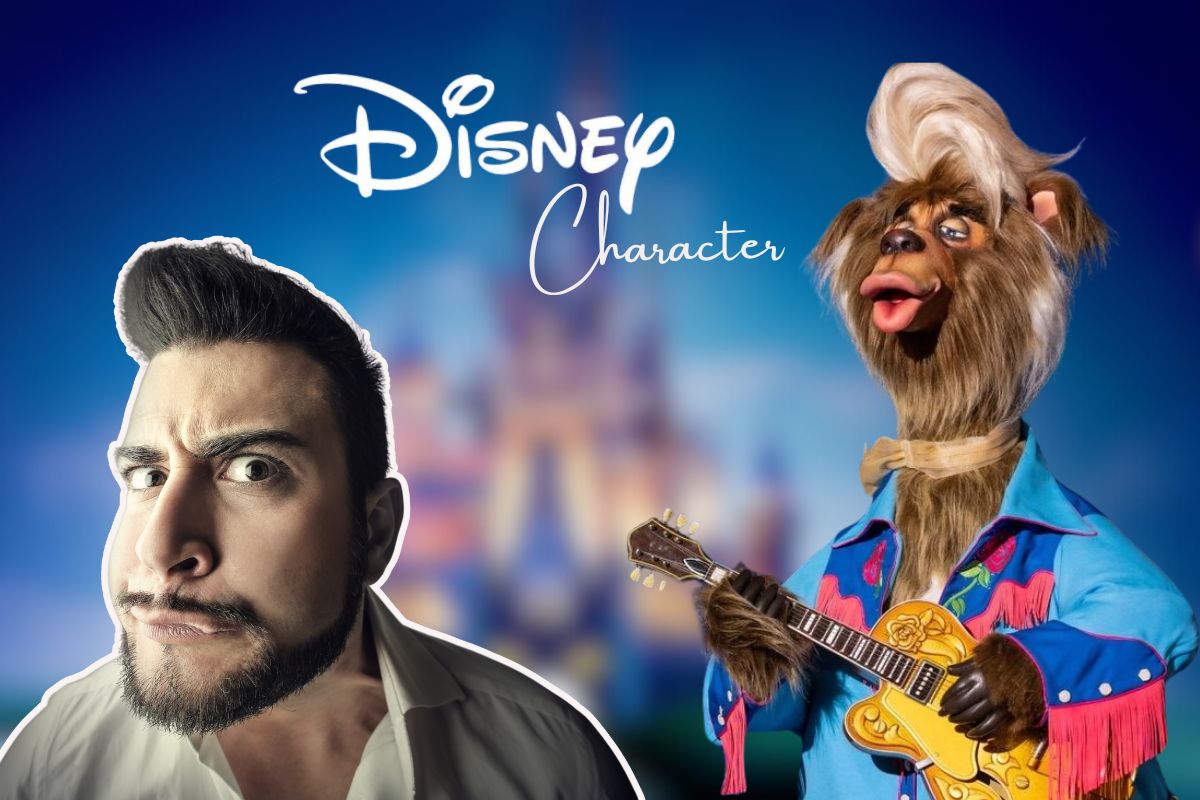Disney Offensive Character: Liver Lips McGrowl and Others

For decades, Disney has shaped childhood memories with its movies, characters, and theme parks, but recently, the company has come under fire for the perpetuation of harmful stereotypes through outdated content.
There are currently heated debates regarding one specific term, Disney Offensive Character, which refers to the characters within the Disney universe that are deemed unacceptable by modern moral standards, whether because of their name, character traits, or representation.
In this article we will explore the origins, critiques, and changes (or lack thereof) of such character controversies, using recent events as a case study.
Understanding the Concept of a Disney Offensive Character
Disney offensive character describes a figure either created or portrayed by Disney who, according to modern cultural and sociological perspectives, is considered offensive for some reason. In fact, this may include offensive racial caricatures, slurs, cultural appropriation, or even traditionalistic portrayals of femininity and lower-class masculinity.
Some of these characters might have been created during a time when social perception was vastly different, but a majority of today’s audiences, particularly the youth, possess heightened sensitivity toward representational inclusion.
As is the case with almost any global brand, and specifically entities such as Disney, which reaches audiences through various channels, the brand has a unique responsibility.
A character which was once considered humorous could now be seen as harmful or ‘tone deaf.’ The company has started to take such concerns into account by actively rebranding, altering, or scrapping some content.
The Case of Liver Lips McGrowl
One of the more publicized examples of characters with offensive themes from Disney was Liver Lips McGrowl, an animatronic bear from Country Bear Jamboree at Magic Kingdom in Walt Disney World.
This character was part of a group with over a dozen bears with quirky accents and personalities. Rowdy and large-lipped, Liver Lips McGrowl distinguished himself from the others.
With his name raising concerns, Disney announced that Liver Mccgrowl would be replaced and retired. The name liver lips was noted as derogatory and potentially harmful by some with the phrase alcohol liver disease.
As per the Oxford English dictionary, the term is known to have had negative definitions for use since the nineteenth century.
Disney’s response was to replace him with a reinterpretation of the character called Romeo McGrowl, who was given a new backstory and appearance, although he still retained most of his old traits.
The public’s reaction was split: some saw the decision as forward-thinking and commendable, while others deemed it as overly weak and unnecessary.
Other Examples of Disney Offensive Characters
While Liver Lips McGrowl is perhaps the most recent prominent example, he is certainly not the first and most offensive Disney character to be altered. Some warrantable mentions are:
The Crows in Dumbo (1941)
The group of crows led by a character originally named Jim Crow was criticized for embodying racist stereotypes. The name itself is a direct reference to Jim Crow laws that enforced racial segregation in the American South. The portrayal of the crows, with exaggerated dialects and minstrel-like behavior, has been removed from modern re-releases of the film or accompanied by warnings on Disney+.
The Siamese Cats in Lady and the Tramp (1955)
The Twin Siamese cats, Si and Am, are other glaring examples. Their accent, slanted eyes, and furtive behavior are all based on harmful stereotypes associated with the Asian culture. Disney removed the cats and their song in the 2019 live-action version of the movie, replacing them with more modern and neutral characters.
The Native American depiction in Peter Pan (1953)
Disney’s portrayal of Native Americans in Peter Pan is considered highly controversial. The song “What Makes the Red Man Red?” along with the tribal members’ over-the-top portrayals are viewed as mockery.
There is now a content statement for the film on Disney+ acknowledging it has elements that are offensive.
Disney’s Response to Criticism
After failing to address criticism in the past, in recent years Disney has taken a proactive approach. The company undertook an initiative called “Stories Matter” in 2020, which aims to make inclusivity in new narratives while correcting past wrongs. Disney also added disclaimers to some of their older films disrespecting certain cultures, stating:
“This program includes negative depictions and/or mistreatment of people or cultures. These stereotypes were wrong then and are wrong now.”
This initiative also features modifying or removing offensive character portrayals in theme park attractions.
The ride Splash Mountain, which was based on the highly critiqued movie Song of the South, is being updated to The Princess and the Frog, a celebrated Disney movie that features a diverse cast.
Conclusion
As the Disney offensive character depicts, empathy, awareness, inclusion, and overall cultural sensitivity have given rise to incorporating these values into everyday life. It’s well known that Disney has faced both praise and backlash throughout their journey, but one thing is certain: audiences appreciate more thought-out storytelling. Where once humor and escapism were provided, there is now scrutiny, whether by fans or critics.

